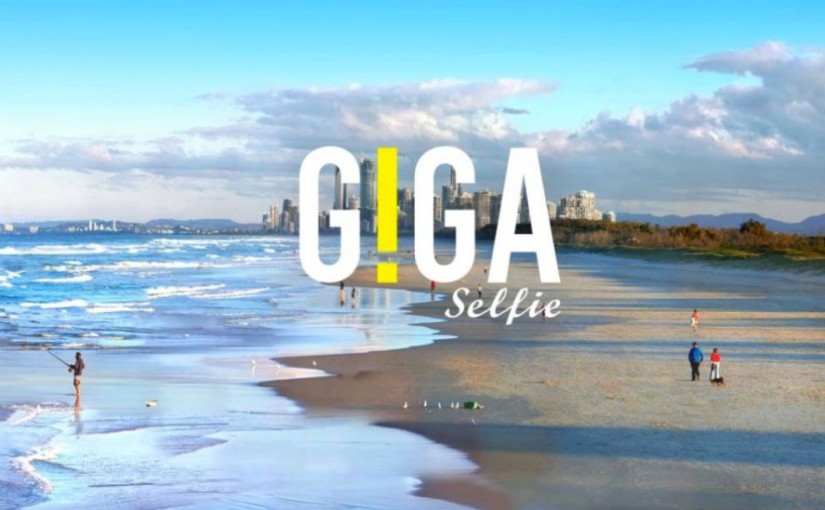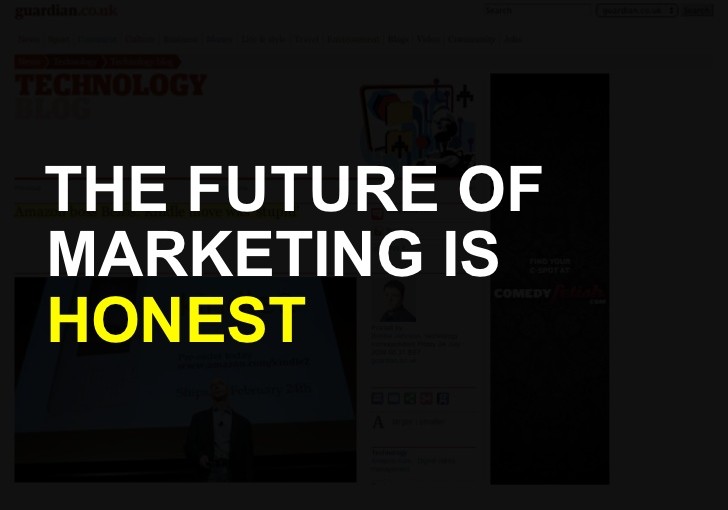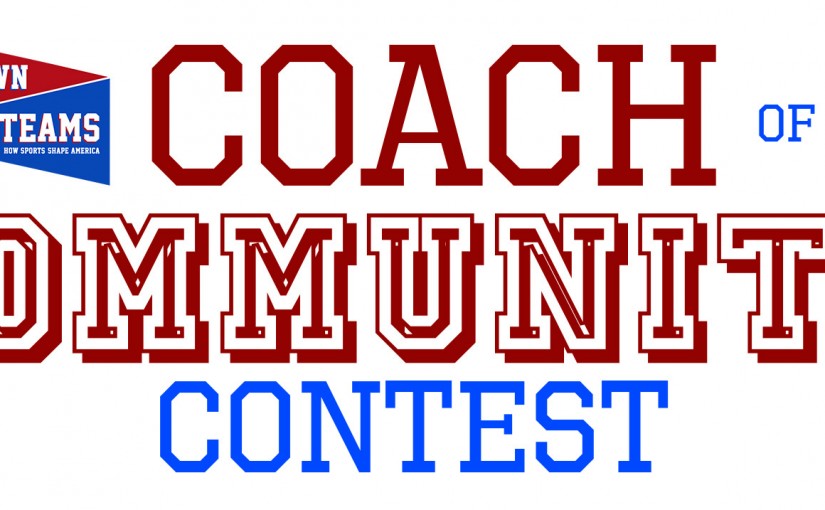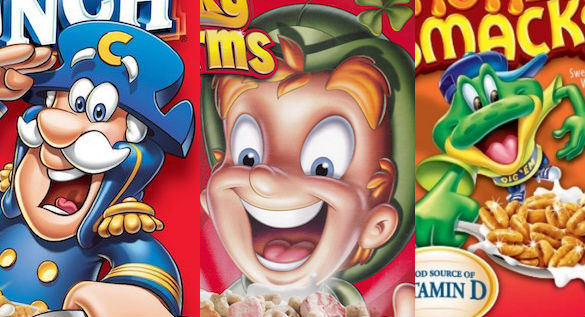We’re not talking submarines but rather the latest live streaming video app launched by Twitter 12 months ago. Though relatively still quite new in the online world and realm it’s been gaining considerable support and gaining momentum with Twitter reporting the app has had in excess of more than 10 million users.
As Periscopes popularity continues to grow, brands globally are trying huddling behind closed doors or at their weekly marketing meetings; looking how they can leverage this latest platform to grow their business and gain new followers. Unlike other apps, Periscope allows you to “forge a more personal relationship with consumer” by giving you a fast track to enhance and promote your brand in a new and exciting way.
It’s a great chance to engage with your current or potential customers in a more human, accessible way, it’s ideal for quick product demonstrations or interactive customer support, you can easily capture and share live events or use for a Q&As. Already we’re seeing brands globally using it to host live press conferences, and to hold live press interviews for media outlets around the world.
Though like anything, if you’re considering launching your first Periscope campaign, start by studying other brands that have already been successful. Here are 4 great examples of Periscope marketing campaigns which will help you understand the platform better, or get you inspired.
Spotify
Spotify was one of the first brands to join Periscope, actually creating an account the very day that Periscope launched, and held their first Periscope session only a few hours later. Adweek reports that nearly 400 people watched the event the first day and gave them 1,534 hearts (Periscope’s version of Facebook likes)—a big deal, considering that the service was less than 24 hours old at that point. The success of their first Periscope set the stage for Spotify to create even more streaming events over the coming months, with the brand now boasting 94,948 waiting and watching to tune in.
Dunkin Donuts
Periscope was just one of eight platforms that Dunkin’ Donuts was using to promote its iced coffee products among Millennials this past US summer – Spotify, Snapchat, Instagram, YouTube, Twitter, Vine, and Facebook are all in on the fun, as well. This diversified approach promises to expand the brand’s reach and encourage cross-platform engagement. The campaign is comprised of five concerts in five different cities, footage from which consumers will be able to access through their social site of choice. The event was such a hit last year; Dunkin Donuts have already announced their events for the 2016 Summer!
Benefit Cosmetics
The global brand has an ongoing Periscope feed, which has attributed to them building brand equity by live streaming demos and tutorials using their makeup and products as well as other cosmetic related topics. The feed reaches more than 2,000 viewers each time they stream.
Red Bull
Red Bull was quick to launch a Periscope campaign, with the big brand live streaming their Red Bull Guest House event. Rather than specifically promoting their product and going for the hard sell of their energy drinks, the focus was on image rather. Shooting footage at a long weekend party direct from Miami Beach. Coincided with Miami Music Week, it’s certainly no coincidence the once industry only event is now appealing to more consumers and the youth market.









